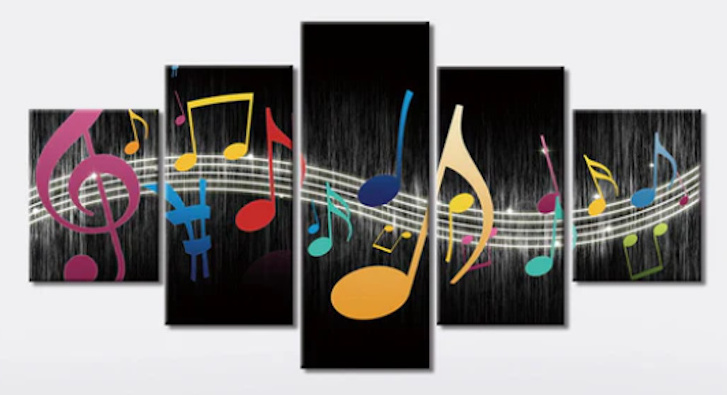
 |
|
|
|
The Evolution of Pop Music: A Journey Through Time: :Rap: Rap is a Musical Style: There is a difference between hip-hop and rap - though the two terms are often used interchangeably, they're not exactly the same thing. Hip-hop is a culture. It originated in the Bronx in the 1970s and is made up of four core elements: 1. MCing (or rapping) 2. DJing 3. Breakdancing 4. Graffiti art So when people say hip-hop, they're talking about a whole cultural movement - fashion, language, art, dance, community, and more - not just the music. Rap is a musical style. Rap is the vocal technique of rhythmically speaking or chanting lyrics, usually over a beat. It's one element of hip-hop, but not exclusive to it - you can hear rap in pop, rock, or even jazz sometimes. Think of it like this: Hip-hop = the whole lifestyle and culture Rap = the music (or more specifically, the vocal performance) Some artists even make the distinction themselves - for example, KRS-One famously said: "Rap is something you do. Hip-hop is something you live." The history of rap is deep, layered, and full of culture, rebellion, innovation, and storytelling. Let's break it down in eras, just to keep things smooth and digestible: Origins (1970s): The Birth of Rap Where: The Bronx, New York City Key Figures: DJ Kool Herc, Afrika Bambaataa, Grandmaster Flash What Happened: DJ Kool Herc is credited with pioneering the "breakbeat" - extending the instrumental breaks of funk/soul records using two turntables. MCs began hyping up the crowd over these beats, eventually adding rhymes. This crowd talk evolved into rhythmic spoken-word poetry, and boom - the early form of rap was born. Old School Era (Late 1970s-Mid 1980s): Party Vibes & Foundations Key Tracks: "Rapper's Delight" - The Sugarhill Gang (1979) "The Message" - Grandmaster Flash & The Furious Five (1982) Rap started with party rhymes, but quickly took a turn into social commentary. The Message, for example, was one of the first tracks to highlight poverty and struggle in inner-city life. Golden Age (Mid 1980s-Early 1990s): Innovation & Consciousness Key Artists: Run-D.M.C., Public Enemy, Eric B. & Rakim, KRS-One, N.W.A., A Tribe Called Quest What Changed: More complex lyrics and storytelling. Producers like Marley Marl revolutionized sampling. Conscious rap and political messages became central. Meanwhile, on the West Coast, gangsta rap emerged (see: N.W.A.) - gritty, raw, and controversial. 1990s: Mainstream Explosion & Regional Styles East vs. West Coast rivalry (Tupac vs. Biggie) Southern rap started gaining attention (Outkast, UGK, Scarface) Labels like Death Row and Bad Boy dominated the charts. Innovation in flow, delivery, production - think Nas, Jay-Z, Wu-Tang Clan. 2000s: Bling Era & Global Takeover Key Artists: Eminem, 50 Cent, Missy Elliott, Kanye West, Lil Wayne Themes: Wealth, fame, swagger - "bling" culture took over. Auto-Tune became a staple (thanks to T-Pain). Kanye started blending soul samples with orchestral and electronic influences, shifting the genre. 2010s-Present: Diversity, Streaming, and Globalization Soundcloud Era: DIY rappers like Lil Uzi Vert, XXXTentacion, Juice WRLD redefined the rules. Trap music became dominant (hi-hats, 808s, moody atmospheres). Kendrick Lamar brought storytelling and social commentary back to the forefront. Rap exploded globally - artists from the UK, Africa, Korea, and Latin America now top charts. Genres blend more than ever: rap + pop, rap + punk, rap + drill, etc. Today and the Future Rap is the most streamed genre in the world. It's a platform for everything from protest to party anthems. AI and tech are starting to influence production and performance. And yet, the heart of it - real stories, real voices - still drives the genre. |
|
|